Fleet Evolution wants more accurate pure electric range figures to allow company car drivers to make better informed choices and suffer less range anxiety.
Andrew Leech, managing director at Fleet Evolution, whose forward order banks now comprise 97% of electric vehicles (EVs), says the latest models suffer from up to a 30% shortfall on the claimed zero-emission range.
“Running out of battery charge is not quite the same as getting low on petrol or diesel as charging is less straightforward than simply popping into a filling station and topping up, and it can lead to some anxious moments for drivers,” he said.
“Although the charging picture is slowly improving, this country still needs many more charging points to reach full capacity. So, having an accurate picture of your electric range is vitally important for journey planning.”
Leech says some makes measure up better to their claimed range, particularly Kia and Hyundai.
He suggests that, rather than give a single electric mileage range figure for each new model, figures should be broken down into two categories – motorway driving and for urban driving – as this gave a more realistic picture of the actual range that was achievable.
“By breaking down the electric range in this way, we would have a clearer picture of the range as the capacity for city miles is a lot higher for an EV than it is for motorway driving,” said Leech.
On the plus side, however, he says that there an increasing numbers of new electric models coming onto the market with very practical ranges that worked well for many company drivers, especially as more became aware that they did not require huge electric ranges in the first instance.
“Many drivers now realise that they rarely travel 200 electric miles in one journey,” he continued. “Typical commutes are less than 50 miles a day. So, an EV with an effective range of, say, around 100 miles is suitable, with careful journey planning and daily charging, for 90% of the time.
“For the other 10%, going on holiday, for example, when more luggage and equipment may need to be carried, we are providing our drivers with larger, conventionally powered vehicles for short periods to supplement their regular EV usage.”



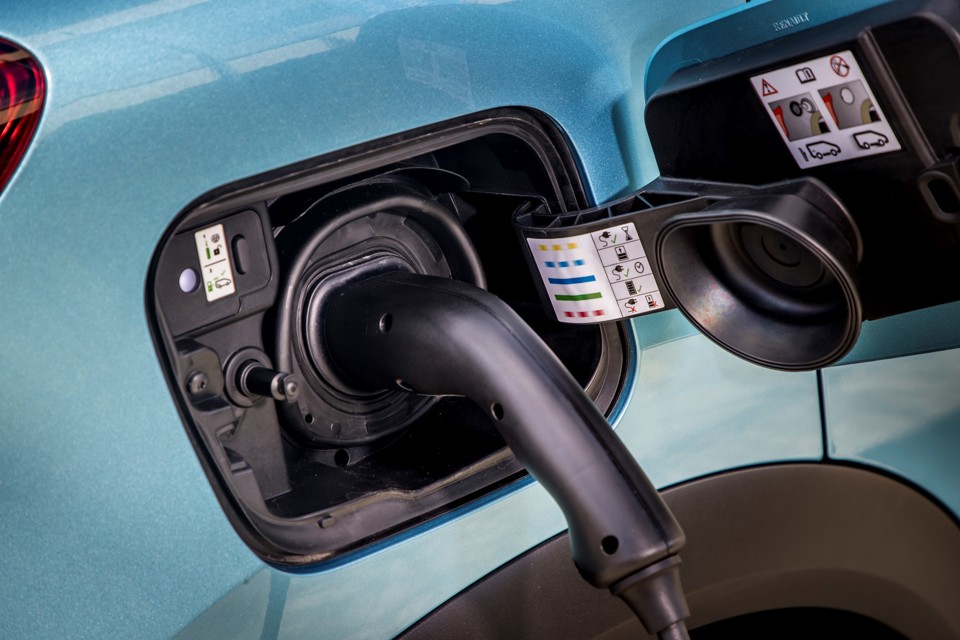




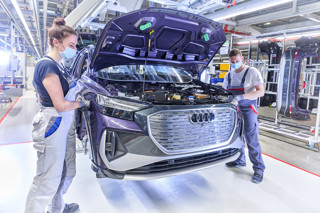
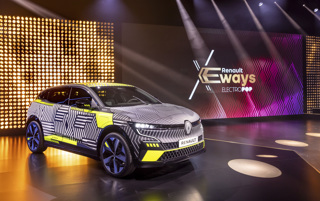
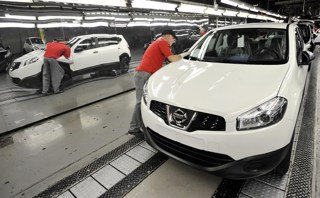
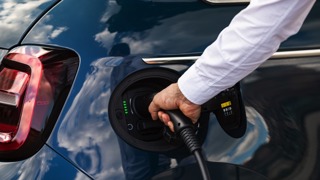
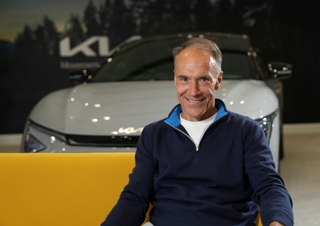











Login to comment
Comments
No comments have been made yet.